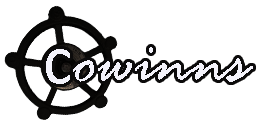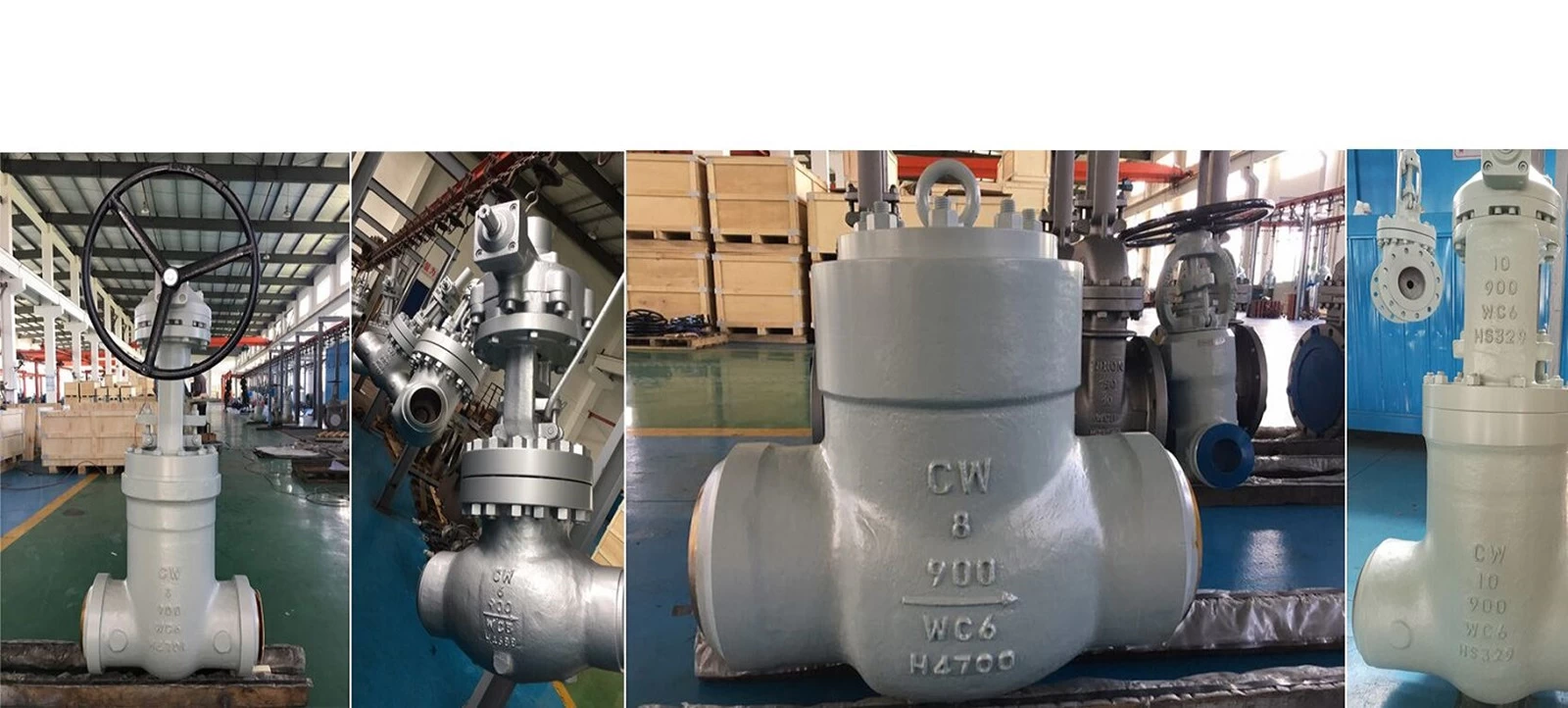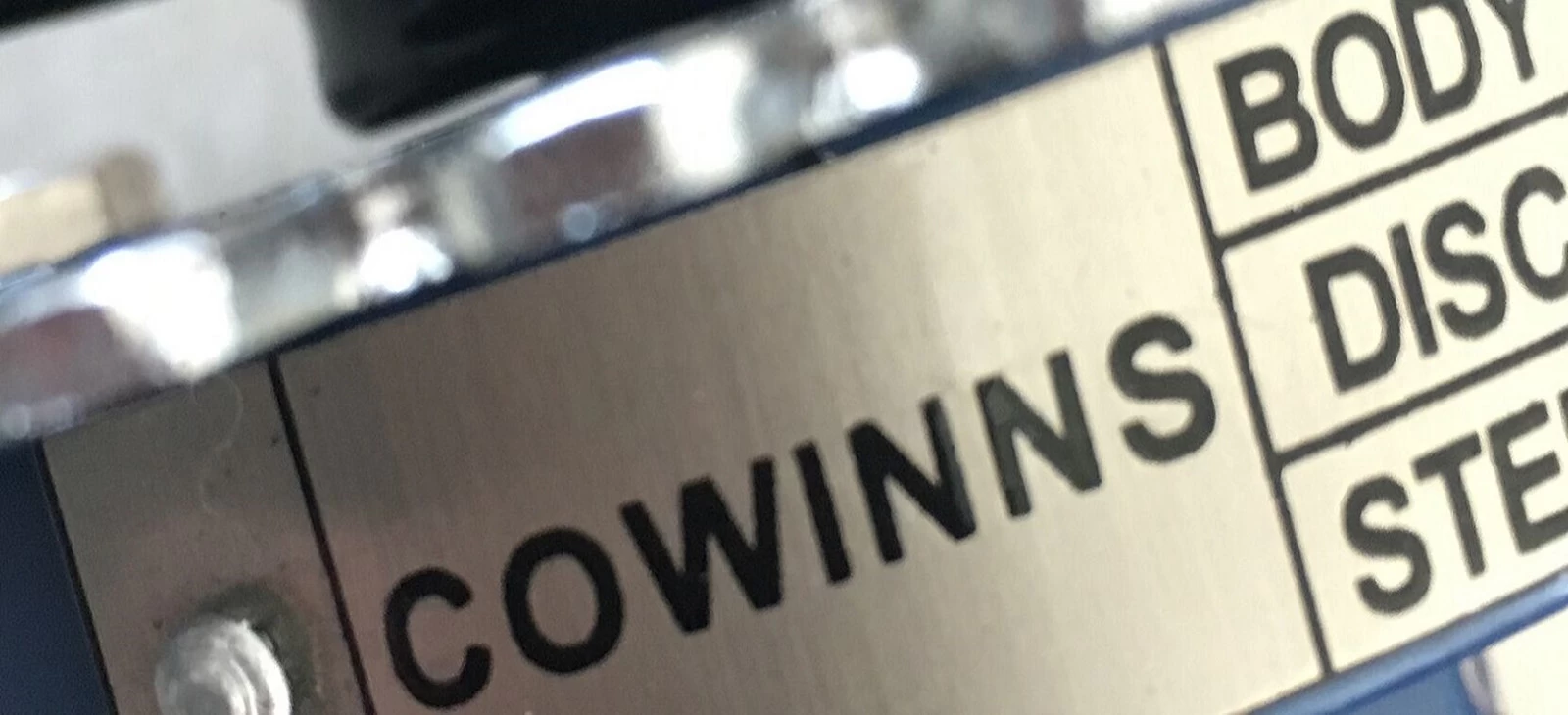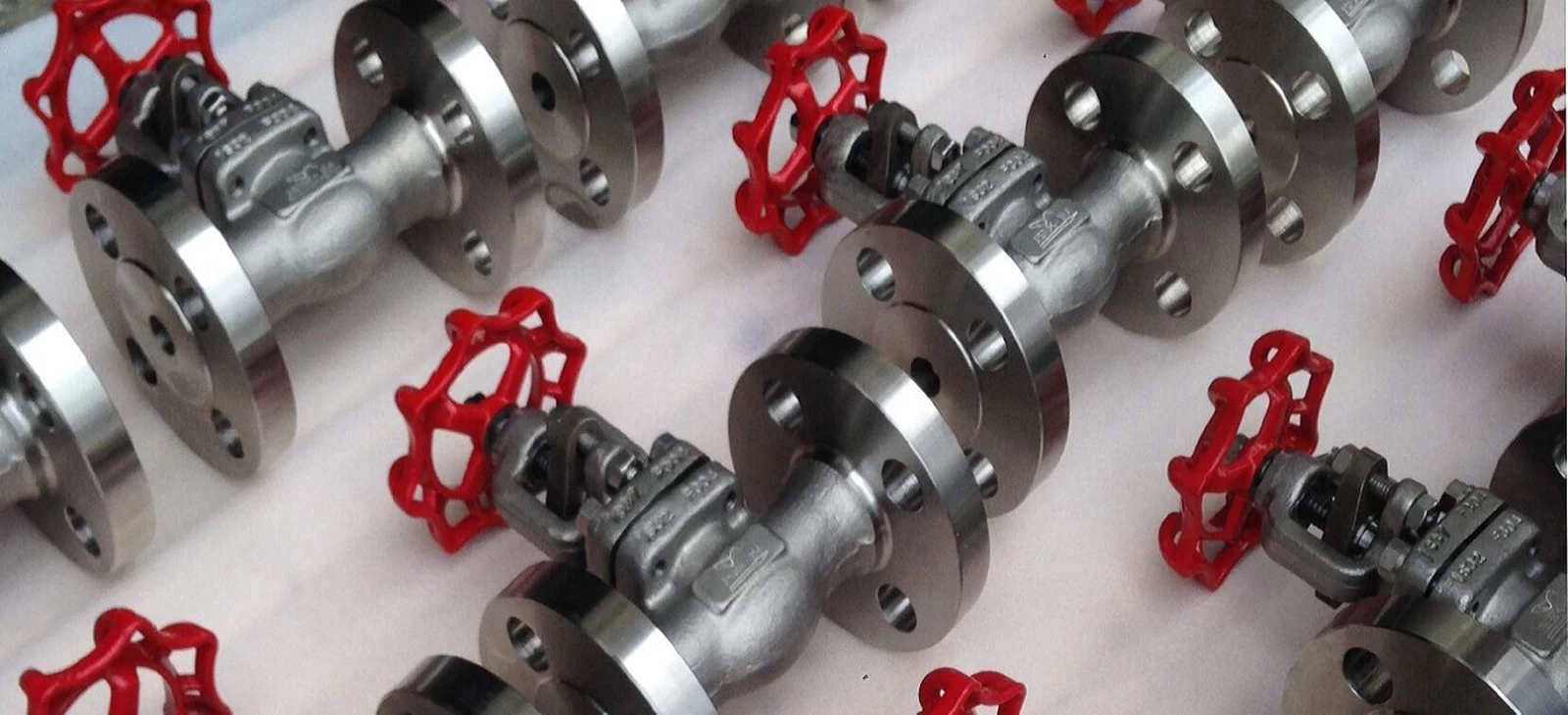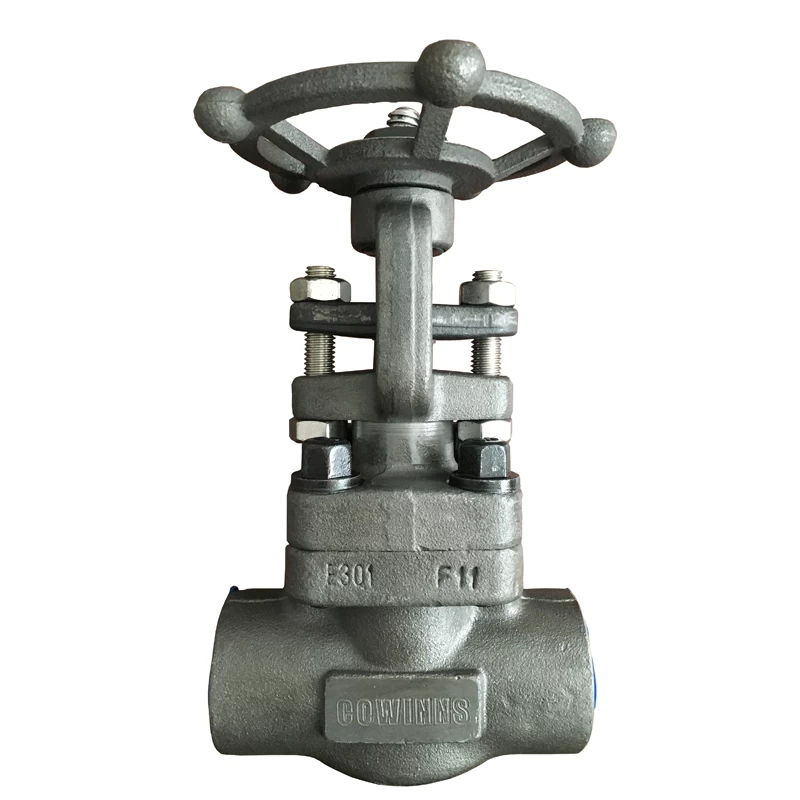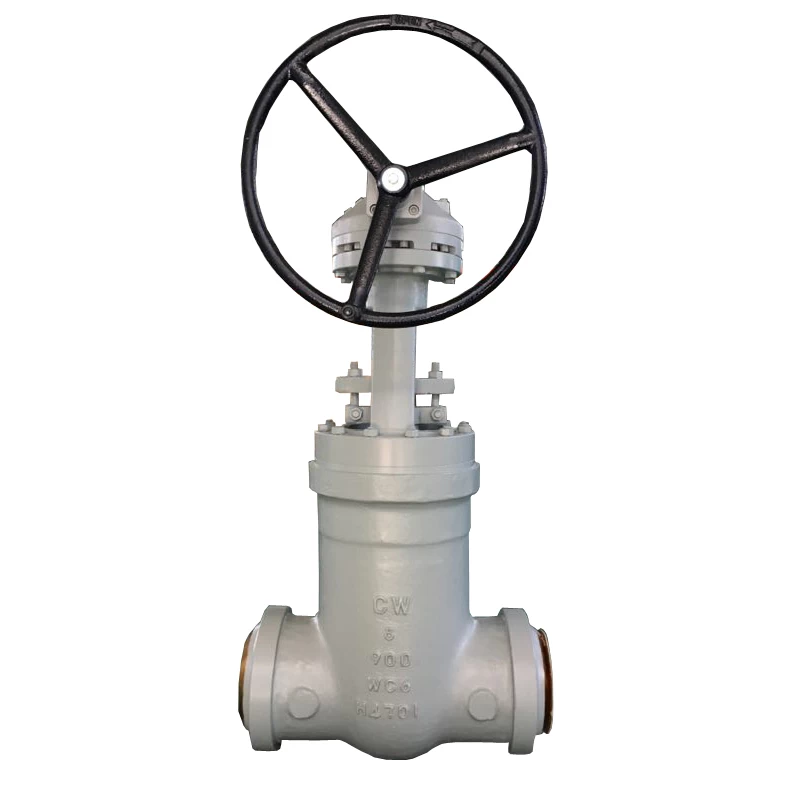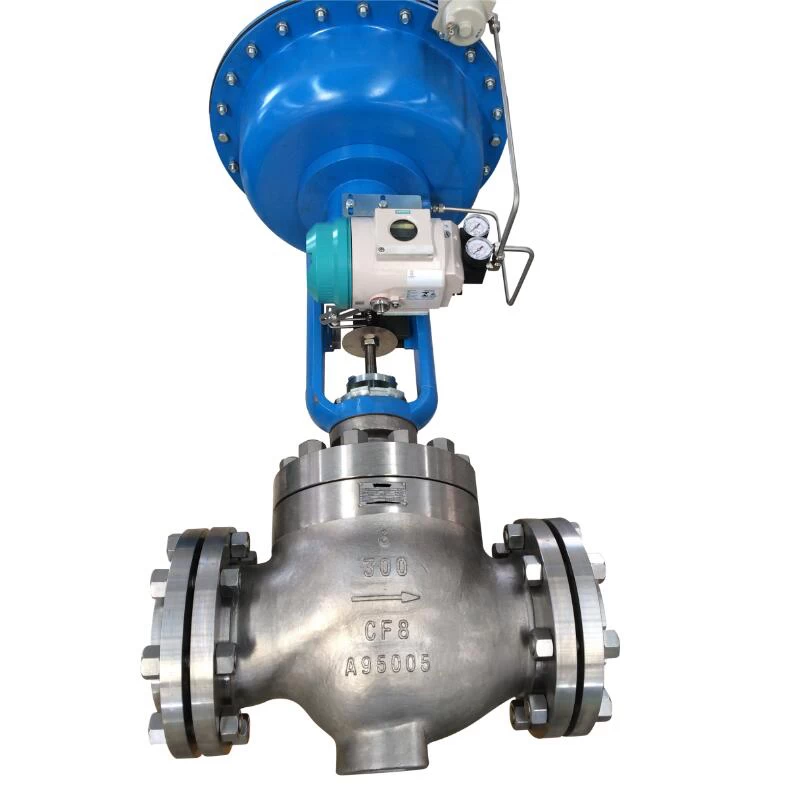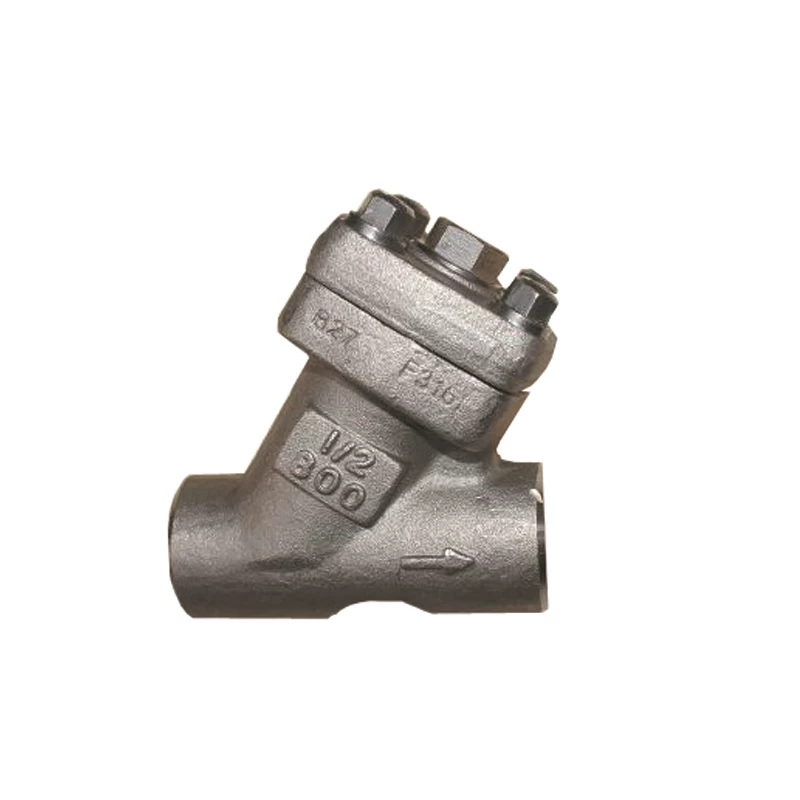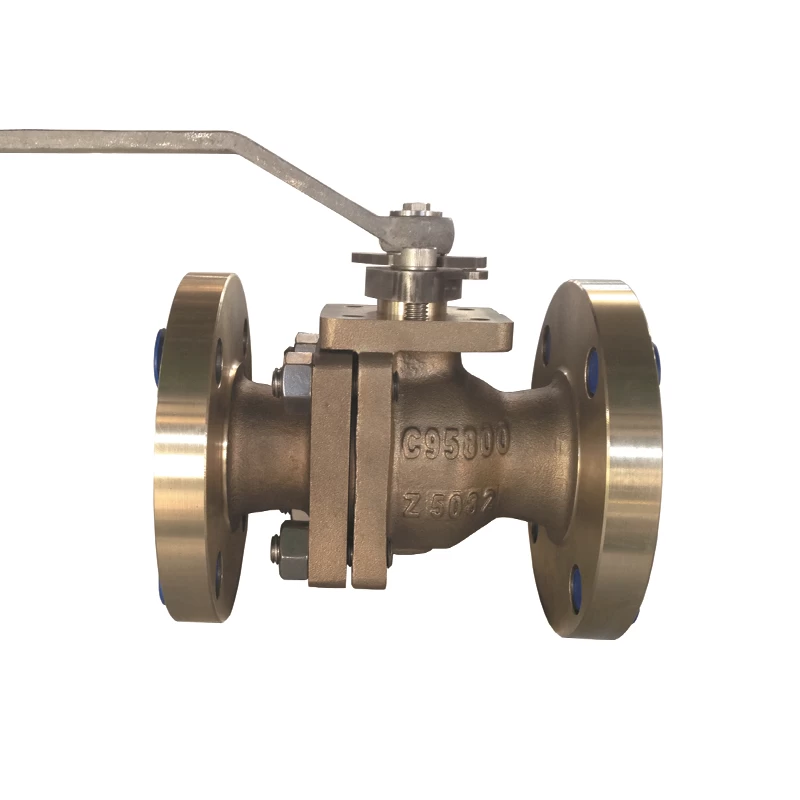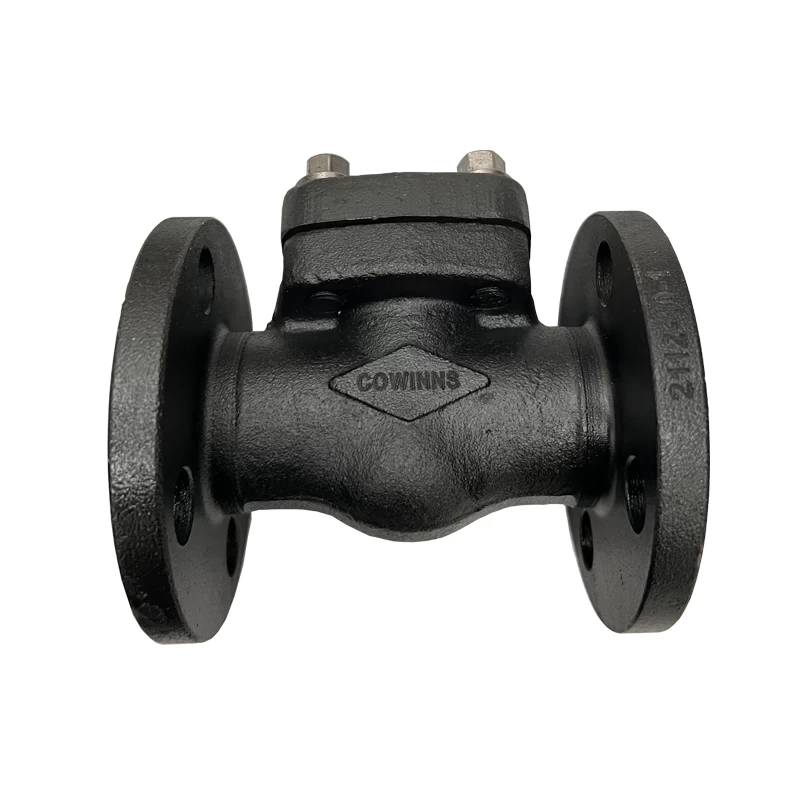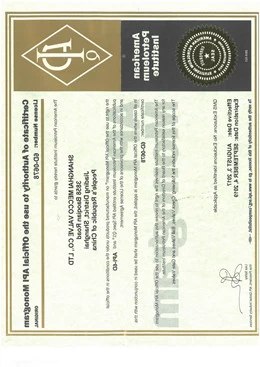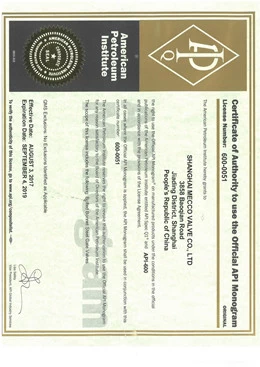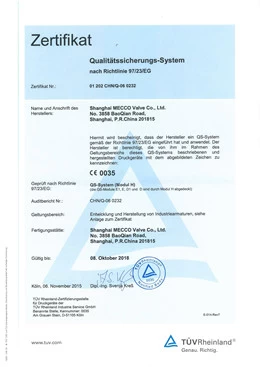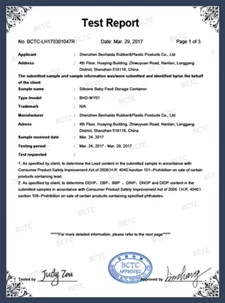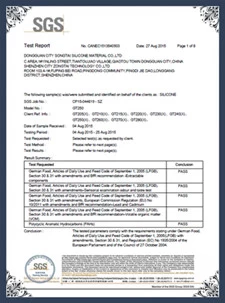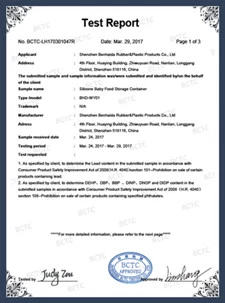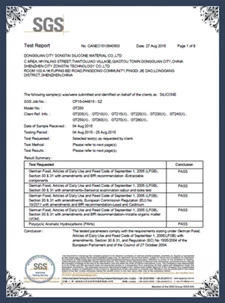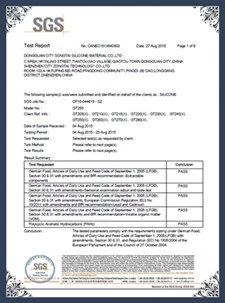Valve actuator basic terms
The actuator is an essential part of the intelligent valve control system. Its function is to receive the control signal sent by the controller, change the flow rate of the controlled medium, so as to maintain the controlled variable at the required value or within a certain range. Actuators can be divided into three categories: pneumatic, hydraulic and electric according to their energy forms. Pneumatic actuators use compressed air as an energy source, which is characterized by simple structure, reliable operation, stability, large output thrust, easy maintenance, fire prevention and explosion protection, and low price. Therefore, it is widely used in chemical, papermaking, oil refining and other production processes It can be conveniently used with passive instruments. Even when using electric instruments or computer control, as long as the electric signal is converted to a standard air pressure signal of 20-100kPa through an electric-gas converter or an electric valve positioner, a pneumatic actuator can still be used. Electric actuators have easy access to energy and rapid signal transmission, but have complex structures and poor explosion-proof performance. The hydraulic actuator is basically not used in the production process of chemical industry, oil refining, etc. It is characterized by a large output thrust.
Actuator basic terms:

1. Final control ling element
The instrument directly changing the manipulated variable in the forward path of the control system is composed of an actuator and a regulator.
2. Control valve
In the process control system, the device that uses power operation to change the fluid flow 1t is composed of an actuator and a valve. The actuator changes the position of the dispatcher in the valve according to the control signal. Such as power plant Rotork electrical actuator control valve is one type electrical actuator control valve
3. Solenoid valve
The electromagnetic force generated by the energization of the coil is used to drive the valve of the spool switch.
4.Self-operated regulator, self-actuatede rgulator
No external power, only relying on the controlled fluid, Nengxia can operate by itself and keep the controlled variable constant.
5.Correcting element
Driven by the actuator to directly change the manipulated variable.
6.Valve
A pressure-sealed housing assembly containing a shut-off element for controlling the flow of fluid.
7.Actuator
A device that converts the control signal into a corresponding action to control the position of the internal shutoff or other adjustment mechanism. The signal or driving force may be pneumatic, electric, hydraulic or any combination of the three.
8.Pneumatic actuator
An actuator that uses pressurized gas as a power source.
9.Electric actuator
An actuator that uses electricity as a power source.
10.Hydraulic actuator
An actuator that uses pressurized liquid as a power source.
11.Electro-hydraulic actuator
Actuator that receives electrical signals and uses pressurized liquid as a power source
12.Actuator powertout
The part of the actuator that can convert fluid, electrical, thermal or mechanical energy into the action of the output rod and generate force or torque
13.Actuator stem
Also called actuator push rod.
The part of the actuator that transmits the linear motion of the power component and the output force.
14.Actuator shaft
The parts of the actuator that transmit the rotation of the power components and the torque extracted:
15.Yoke
Parts that rigidly connect the power components of the actuator and the valve.
16.End connection
The structure on the valve body used to seal the process pipeline.
17.Flange ends
Equipped with flange connection end which is matched with pipeline flange to realize pressure sealing.
18.Flangeless ends
The valve body is not flanged, and its end face is clamped between the pipeline flanges to achieve a pressure-tight connection end.
19.Threaded ends
Connection ends with external or internal threads.
20.Welded ends
The connecting end on the valve body for welding with pipes or other pipe fittings. It can be used in butt welding and socket welding
Pneumatic actuator
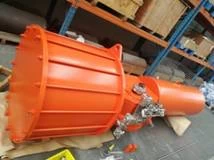
1.Diaphragm actuator
A mechanism that uses the force generated by the air pressure on the diaphragm to drive a valve or other adjustment mechanism through the output rod.
2.Rolling diaphragm actuator
A mechanism that uses the force generated by the air pressure on the rolling diaphragm (deep corrugated diaphragm) to drive a valve or other adjustment mechanism through the output rod.
3.Piston actuator
A mechanism that uses the force generated by air pressure on a piston to drive a valve or other adjustment mechanism through an output rod
4.Pneumatic rotary actuator
Actuator that operates rotary power components by air pressure to output angular displacement and torque
5.Direct acting actuator
As the operating pressure increases, the actuator extends outward, and the pressure decreases and the actuator moves back inward.
6.Reverse actuator
As the operating pressure increases, the output rod retracts inward, and the pressure decreases and the actuator extends outward.
7.Diaphragm
A flexible flat plate or shaped sheet part with fixed periphery and movable center, which can convert pressure into force
8.Piston
A rigid disc-shaped part. It can convert pressure into force.
9.Cylinder
Cylindrical pressure-bearing parts for the piston to move inside.
10.Actuator spring
A spring that causes the output rod to move in the direction opposite to the output force of the actuator.
Electric actuator
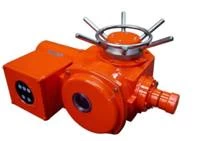
1.Linear electric actuator
Electric actuator that outputs linear displacement.
2.Angular stroke electric actuator part one hurt electric actuator
An electric actuator that outputs angular displacement.
3.Multi-turn electric actuator
Electric actuator with multi-turn angular displacement.
4.Digital electric actuator
Electric actuators that accept digital signals and output corresponding linear or angular displacements
5.Step motor actuator
Electric actuator using stepper motor as power component
6.Proportional electric actuator
Electric actuator with output linear displacement or angular displacement proportional to input signal
7.Integral electric actuator
The electric actuator with linear relation or angular displacement and integral relationship of output signal. Some super high pressure control valves with integral function.
8.Contactless electric actuator
Electric actuator controlled by servo amplifier and position transmitter without contact structure
9.Contact electric actuator with contact electric actuator
Electric actuator controlled by servo amplifier and position transmitter with contact structure
10.Explosion-proof electric actuator explosion-proof actuator
Electric actuators that meet explosion-proof standards.
11.Servo amplifier
An amplifier that compares the electrical control signal with the position feedback signal and amplifies its deviation signal to control the motor start-stop and rotation direction.
12.Conactless servo amplifier
Use non-contact components (such as thyristor) to control the servo amplifier of the motor
13.Contact servo amplifier
Use servo amplifiers with contact elements (such as relays) that do not control the motor
14.Digital driver digital power driver
Also known as digital servo amplifier.
The electric pulse control signal and the position feedback pulse signal are compared, converted and amplified to drive the servo amplifier of the motor.
15.Servo motor
With no rotation and soft mechanical characteristics, it is used as an electric motor of the actuator.
16. Permanent magnet low speed synchronous motor
A low-speed synchronous motor that uses permanent magnets instead of DC excitation.
17.Step motor
A motor that converts electrical pulse signals into corresponding linear displacement or angular displacement incremental output.
18.Lever braked motor
The motor braked by friction wheels and brake discs using the magnetic field suction force and the principle of the lever.
19.Electro magnetic brake
Mechanism for braking brake motor by brake coil loss of electricity
20.Gear reducer
The transmission mechanism that reduces the motor speed according to a certain speed ratio can also have the function of converting angular displacement into linear displacement.
21.Planetary reducer
Reducer using planetary gear drive.
22.Ball screw pair
A screw transmission element with balls as rolling elements between the screw and the screw.
23.Position transmitter electric position transmitter.
A device that converts the linear or angular displacement output by an electric actuator into an electrical signal.
24.Contactless electric position transmitter
Position transmitter using contactless conversion devices (such as differential transformers).
25.Contactele position transmitter
A position transmitter with a contact-type conversion device (such as a slide wire resistor or a multi-turn potentiometer).
26.Digital position transmitter
A device that converts the linear displacement or angular displacement output by a digital electric actuator into a digital pulse signal.
27.Magnetic amplifier magnetrol
An electromagnetic component that uses the principle that the ferromagnetic material's AC permeability coefficient changes with the size of the DC magnetic field to add, subtract, and amplify the DC input signal.
28.Diferential transformer
A transformer in a position transmitter that converts the position of the moving iron core corresponding to the stroke into an AC signal.
29.Position switch
The switch that sends on and off signals when the stroke of the electric actuator reaches the set value.
30.Torque limit switch
According to the torque set by the electric actuator to switch off the electric switch for safety protection.
31.Electric operating station
Instrument with functions such as manual and automatic switching of electric actuators, remote operation and automatic tracking without disturbance switching.
 +86 512 68781993
+86 512 68781993 